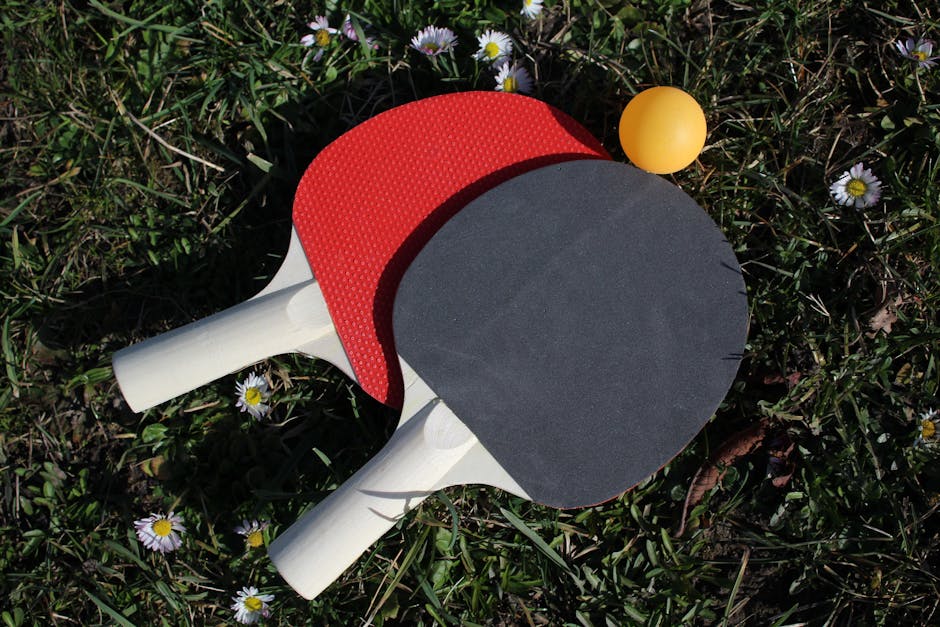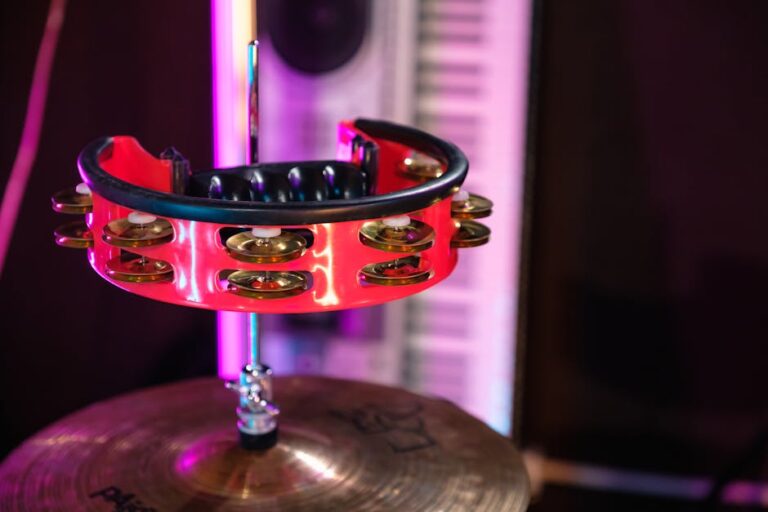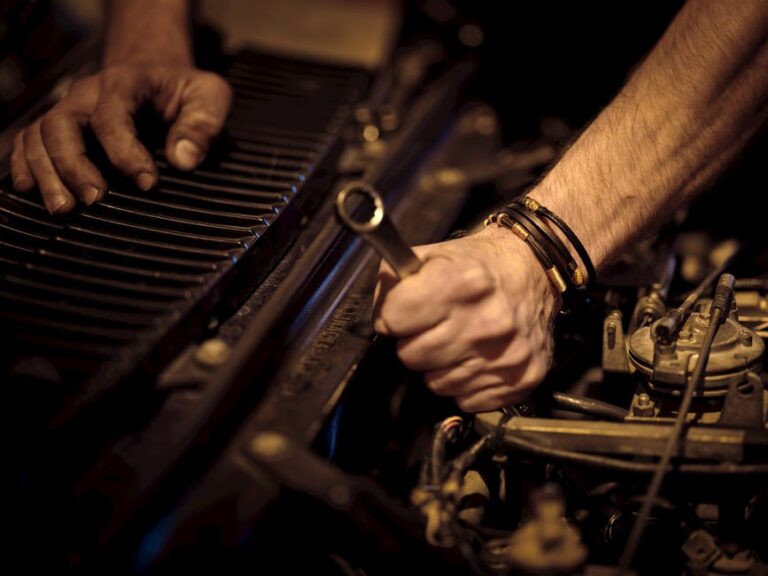Right, so everyone’s gabbing about “lifestyle brands” these days. Makes you wonder what folks were living before, eh? Like we all just woke up last Tuesday and decided we needed a brand to tell us how to, well, exist. It’s a racket, half of it. Always has been. But then, some of these outfits, they got it right. They really get under your skin, become part of how you see yourself. Been doing this for decades, seen plenty of fads come and go, watched the whole thing morph. You see a kid with certain shoes, you know what they’re about. Or think you know. That’s the trick.
See, a real lifestyle brand, it ain’t just about selling you a jacket or a fancy coffee. It’s about a feeling. A narrative. A promise, even. You buy into it, hook, line, and sinker. And believe you me, plenty of smart cookies out there trying to figure out how to bottle that magic and sell it back to you. Always have been.
What makes a brand stick?
It’s not just the logo, though that helps. It’s what that logo means. What it represents when you put it on. Does it say “I’m outdoorsy and free” or “I got money to burn” or “I pretend to be outdoorsy but mostly just drink expensive coffee in a cafe with a mountain view sticker on my laptop”? People buy the aspiration, the story. Most of us are just trying to feel like we belong, ain’t we? Or, paradoxically, that we stand out. Funny old world.
Nike
You wanna talk lifestyle, you gotta talk Nike. Been around the block, haven’t they? Longer than some of these whippersnappers have been alive. Used to be, they just made decent running shoes. Now? It’s everything. From the track to the street corner, to the metaverse, whatever that is this week. You see that swoosh, you think athlete, winner, just doing it. Even if you haven’t run a mile since primary school. And that’s the brilliance of it. They don’t just sell trainers. They sell the idea of personal triumph. A kid in Byker, a CEO in Canary Wharf, they both get that message. My grandson, he saves up for those limited drops, like it’s gold bullion. And the resale market? It’s bonkers. Absolute madness. But then, that’s how strong the desire is. They’ve managed to keep that coolness, that edge, for so long.
The old guard and the new wave
Funny thing is, some of the companies that are “new” to these young folk, they’re ancient. Like, really ancient. But they’ve figured out how to pivot, how to stay relevant. Then you get these startups, flash in the pan usually, but some catch fire. It’s a constant battle for shelf space, for attention in a noisy world.
Patagonia
Then you look at someone like Patagonia. Now there’s a brand that put its money where its mouth is, or at least they try to. They ain’t just selling you a waterproof jacket for climbing mountains, they’re selling you environmentalism. A bit of eco-warrior cred. You wear their stuff, you’re signaling you care about the planet. Or you want people to think you do. And that’s powerful. People pay good money for that. Been to one of their stores, felt like I needed a beard and an opinion on sustainable kale just to walk in. Good quality gear, mind. Lasts a lifetime, sometimes. Used to be just for proper climbers. Now? Every second person walking their dog in Richmond Park’s got a Patagonia fleece on. What does that tell ya?
Do you really need it?
I sometimes wonder, how much of this is real need and how much is just… well, keeping up with the Joneses, just with a more curated aesthetic? We all want the “good life,” right? But what does that even mean anymore? For some, it’s a minimalist apartment. For others, it’s a camper van. Lifestyle brands try to tell you they got the answer, whatever you’re looking for. Usually the answer is “buy our stuff.”
Lululemon
Take Lululemon, for instance. Yoga pants that cost more than my first car. Mad, isn’t it? But they nailed the whole “wellness” thing. Not just for sweating in a studio, oh no. It’s for the coffee run, the school drop-off, the grocery shop. It’s comfort. It’s looking like you just came from, or are about to go to, something healthy. It’s the uniform for a certain kind of well-heeled, active, often middle-aged woman, and increasingly, men too. My daughter-in-law practically lives in their gear. She says it’s comfortable. I say, my old tracksuits were comfortable too, and they didn’t cost me an arm and a leg. But then, they didn’t come with the promise of inner peace, did they? What are folks paying for, really? Is it the fabric, or the feeling that you’re part of a tribe that’s got its act together?
The social media circus
It’s all amplified now, isn’t it? The whole social media thing. People aren’t just wearing these brands, they’re performing them. Every picture, every reel, it’s a billboard for how you live. Or how you want to live. These companies, they’ve gotten clever with that. They don’t just advertise; they get you to advertise. You’re the unpaid model, basically. It’s genius, in a cynical way.
Supreme
And then you got your Supreme. Now this one, it baffles me sometimes. A brick, with a logo on it. Sold out in seconds. Why? Exclusivity. Scarcity. It’s not about function, never was. It’s about status, the chase, the bragging rights. It’s streetwear as a high-art, limited-edition collectible. Kids queue for hours, sometimes overnight, for a hoodie. For a brand that started out in skateboarding, it’s exploded. You see some young fella in Glasgow with a Supreme tee, you know he probably paid a pretty penny for it, or got someone else to. It’s a flex. Pure and simple. Is it a lifestyle? Yeah, it is. The lifestyle of the Hypebeast, the collector, the one who’s always got to have the newest, the rarest. It’s exhausting, just thinking about it.
Is it all just hype?
Plenty of it is, sure. But some of these brands, they build something real. They build loyalty. When you look at what people are willing to shell out for, it’s not always rational. It’s emotional. It’s aspirational. It’s about identity. What’s that they say? “Buy into the brand, not just the product.” Sounds a bit like a cult, doesn’t it? Without the funny robes, mostly.
Rolex
Speaking of cults, or at least serious brand loyalty, how about Rolex? Been around forever. Not just a watch, is it? It’s a statement. Success. Heritage. A bit of old-world class. You wear a Rolex, you’re telling people you’ve arrived. Or you’re trying to look like you have. My old man, God rest his soul, he saved up for years for his. Wore it every day. Said it was an investment. Now, these young tech millionaires, they buy them by the handful. Different reasons, maybe, but the core message is the same: I’m here, I’m doing well. Or I want to be perceived as doing well. It ain’t just keeping time, that’s for sure. A cheap digital watch tells time just as well. But it won’t get you a second glance from a bloke in a fancy bar in Mayfair, will it?
What about the digital spaces?
Everything’s moving online now, isn’t it? What’s a lifestyle brand even mean when you’re just looking at a screen? Avatars wearing digital clothes, virtual houses furnished with branded pixels. Some of these companies are jumping in headfirst. Gucci, for example. They’re making a big play in the metaverse, selling digital handbags for thousands. Nuts. But people are buying them. It’s another layer of identity, another way to project yourself. Who cares if you can’t actually wear the thing in the rain? You can wear it in the metaverse.
Goop
Then you have Goop. Talk about a lifestyle. Gwyneth Paltrow, right? Started as a newsletter, now it’s a whole empire of candles that smell like, well, you know, and expensive jade rollers. It’s wellness, but make it aspirational and a bit… detached from reality, some might say. It’s for folks with disposable income who want to feel like they’re doing something good for themselves, something exclusive, something a bit out there. It’s not my cup of tea, but it clearly resonates with a certain demographic who want that curated, holistic, slightly mystical approach to living. And good on them, if it makes them happy. Though I heard they sold some pretty dodgy stuff early on. Buyer beware, always.
Where does it all end up?
Are we all just walking billboards now? Seems like it sometimes. Every shirt, every bag, every phone case, another declaration. But it’s not new. People always dressed to show who they were. Just the scale and the tools are different now.
What’s the actual value in these things, beyond the perceived value? That’s the question, isn’t it? For some, it’s quality, longevity. For others, it’s a fleeting moment of feeling part of something. For the companies, it’s money, plain and simple. And attention. Can’t forget the attention.
What’s a lifestyle brand even look like in 2025, anyway? Still figuring that out, aren’t we? It’s less about buying a product, more about buying into a tribe, a value system, or just an Instagram aesthetic. It’s a bit of everything. And it changes faster than a politician’s promise.
Are people looking for authenticity? Maybe. Or they’re looking for something that looks authentic. Two very different things, my friend. They’re not always looking for the same thing either. One minute it’s all about minimalism, the next it’s about maximalist clutter. Go figure.
And what about the ones that crash and burn? Plenty of those. Remember all those brands that popped up during the pandemic, promising mindful living and sourdough starter kits? Most of them gone, or limping along. Staying power is key. And that comes from truly understanding people, not just trends.
Do these brands make people happier? Maybe for a bit. A new pair of trainers, a fancy coffee machine from Breville, makes you feel good for a day or two. But long term? That’s on you, not on the label.
I had a bloke come into my office once, all huffy, complaining about how we hadn’t covered his “groundbreaking” new “lifestyle enabler.” I just looked at him, sipped my brew. “Son,” I said, “people live. They always have. They buy things. They always will. Just try to sell ’em something decent, and don’t make ’em feel like they need your widget to breathe.” He didn’t get it. Most don’t. That’s the problem.
Some of these lifestyle companies, they got a real purpose. Like Allbirds, trying to be sustainable with their shoes. Or Dr. Martens, those boots have been a symbol of rebellion and subculture for generations. You buy them, you’re not just buying a boot, you’re buying a piece of history, a bit of that rebellious spirit. From punks in Camden to goths in Sydney, it’s an enduring thing. And they last forever, those things. My mate from Wales, he’s had the same pair since he was seventeen. True story.
Who’s really winning here?
Always the ones who sell the dream, aren’t they? The ones who make you feel like you’re part of something bigger. Or smaller, if it’s minimalist. It’s a game. A big one. And it ain’t stopping anytime soon. People crave belonging. These brands offer a shortcut. A badge. A uniform. And we’re all, myself included, suckers for it sometimes.
Are we more discerning now? With all the information flying around? You’d think so. But sometimes it feels like we’re just better at faking discernment. Researching these things, seeing what actually sticks versus what’s just flash in the pan. That’s the job. And it’s never boring, I’ll give it that.
What’s the most important thing for a lifestyle brand going forward? I’d say authenticity. Or at least a damn good imitation of it. People are tired of being duped. And they’re getting smarter. Or perhaps, they’re just getting more cynical. Bit of both, I reckon.












